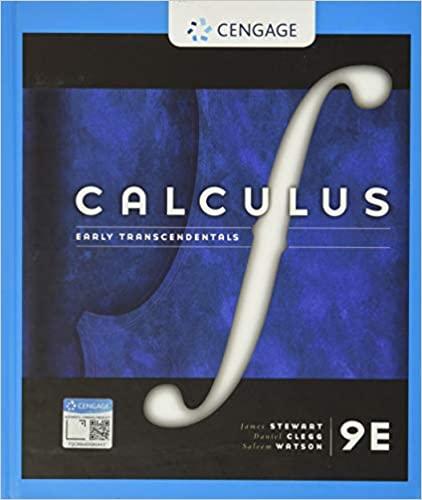Question
Let p be the (unknown) true fraction of voters who support a particular candidate A for office. To estimate p, we poll a random sample
Let p be the (unknown) true fraction of voters who support a particular candidate A for office. To estimate p, we poll a random sample of n voters. Let Fn be the fraction of voters who support A among n randomly selected voters.
1.Using Chebyshev's inequality, calculate an upper bound on the probability that if we poll 100 voters, our estimate Fn differs from p by more than 0.1. (Hint: you may need to use the fact that x(1 x) 1/4 for any 0 x 1).
2.How many voters do we need to poll if we want to have high confidence (probability at least 95%) that our estimate differs from p by at most 0.01? Use Chebyshev's inequality.
3.Repeat the previous question using the Central Limit Theorem to calculate probabilities.
Step by Step Solution
There are 3 Steps involved in it
Step: 1

Get Instant Access to Expert-Tailored Solutions
See step-by-step solutions with expert insights and AI powered tools for academic success
Step: 2

Step: 3

Ace Your Homework with AI
Get the answers you need in no time with our AI-driven, step-by-step assistance
Get Started


